Kenalog 10 is an injection containing synthetic glucocorticoid corticosteroids and has very strong anti-inflammatory properties. It is suitable only for intra-articular and intralesional use. Kenalog 10 is a sterile aqueous suspension and contains triamcinolone acetonide, sodium chloride, benzyl alcohol, carboxymethylcellulose sodium, and polysorbate.
Hydrochloric acid or sodium hydroxide can sometimes be added to finely adjust the pH balance. The air inside the injection is always replaced by nitrogen.

Kenalog Side Effects
Kenalog 10 can sometimes trigger some side effects due to one or more of its ingredients. Benzyl alcohol can sometimes cause metabolic acidosis, hypotension, and kernicterus. In some infants, the injection has been fatal because of excessive amounts of benzyl alcohol. The main problem lies in the fact that it is impossible to determine the exact amount of benzyl alcohol at which the toxicity occurs.
Kenalog 10 is a suspension, so intravenous administration is not recommended, and it has to be applied using a strict aseptic technique. There have also been certain rare cases of anaphylactoid reactions reported. Kenalog 10 is a long-acting preparation, so it cannot be used in situations of acute stress. High doses of Kenalog 10 cannot be used for the treatment of traumatic brain injuries.
Kenalog 10 is known for sometimes causing an increase in blood pressure, water, and salt retention, and it also sometimes increases the excretion of potassium as well. These side effects are usually associated with the use of synthetic derivatives.
Excretion of calcium is always a common thing during the treatment with Kenalog 10. The patient may require potassium and calcium supplements during the treatment, and daily intake of salt should be significantly restricted. There have also been rare cases where Kenalog 10 caused myocardial infarctions and ruptures of the left ventricular free wall.
All types of steroids commonly cause an insufficiency in glucocorticosteroids after the treatment, and they can also sometimes produce certain reversible types of HPA axis suppression. Some patients may require dosage adjustments due to the changes in the thyroid status.
During the corticosteroid treatment, a person becomes more susceptible to various types of infections, even more than healthy individuals. The ability to localize infections and the resistance get significantly decreased.
The infection may be caused by virtually any type of pathogen and it can be mild or severe. Other side effects include protein catabolism, hyperglycemia, skin atrophy, folliculitis, dermatitis, skin burning, itching, and irritation.
- The most common approach is intralesional corticosteroid injection alone or in combination with other treatment modalities. Triamcinolone acetonide (TAC) is the most commonly used intralesional corticosteroid.
- The aim of this article was to review the use of TAC, alone or in combination, in the treatment of keloid scars.
- The response to corticosteroid injection alone is variable with 50–100% regression and a recurrence rate of 33% and 50% after 1 and 5 years, respectively. Compared to verapamil, TAC showed a faster and more effective response even though with a higher complication rate. TAC combined with verapamil was proved to be effective with statistically significant overall improvements of scars over time and long-term stable results.
- TAC and 5-fluorouracil (5-FU) intralesional injections were found to achieve comparable outcomes when administered alone, although 5-FU was more frequently associated with side effects.
- Conversely, the combination of 5-FU and TAC was more effective and showed fewer undesirable effects compared to TAC or 5-FU alone. Several kinds of laser treatments were reported to address keloids; however, laser therapy alone was burdened with a high recurrence rate.
- www.nhs.uk/conditions/steroid-injections/
- www.drugs.com/kenalog-40.html
- Photo courtesy of Panthro by Wikimedia Commons: commons.wikimedia.org/wiki/File:Kenalog.jpg


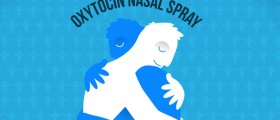
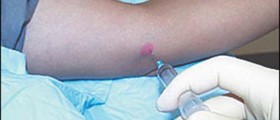





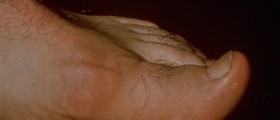
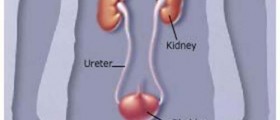


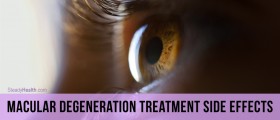

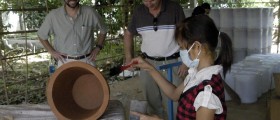
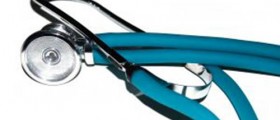
Your thoughts on this
Loading...